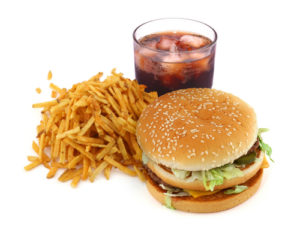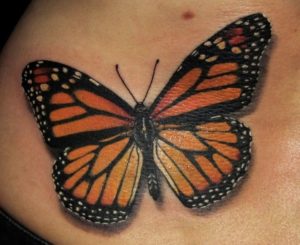 It has been known for a while that getting a good night's sleep after getting vaccinated results in a stronger immune response. Twice as strong response! A recent study suggests that this could be due to beneficial T-cells (which are part of immune system) migrating toward the lymph nodes during sleep.
It has been known for a while that getting a good night's sleep after getting vaccinated results in a stronger immune response. Twice as strong response! A recent study suggests that this could be due to beneficial T-cells (which are part of immune system) migrating toward the lymph nodes during sleep.
Growth hormone and prolactin are both involved in the migrating response.
Similarly, many studies find that having a short sleep duration (less than 6 hours) after a vaccination reduces the immune antibody response.
Bottom line: If you want a good antibody/immune response to a vaccine - get a good night's sleep of 6 or more hours after being vaccinated! Good sleep stimulates the immune system.
From Science Daily: Immunology: Good sleep stimulates the immune system
Sleep is healthy -- this popular knowledge is backed by science.
Previous research had already shown that in people who slept after a vaccination, the immune response was twice as strong on average as in people who did not sleep during the night after the vaccination. However, the cell biological reasons for this had been little investigated before now.
...continue reading "Get A Good Night’s Sleep After Getting Vaccinated"

 After reports that life expectancy for Americans was down in 2021, the CDC (Centers for Disease Control and Prevention) just
After reports that life expectancy for Americans was down in 2021, the CDC (Centers for Disease Control and Prevention) just  There may be new treatments on the horizon for the most aggressive and deadly brain cancer known as glioblastoma. The median survival is less than one year, so this is very exciting news.
There may be new treatments on the horizon for the most aggressive and deadly brain cancer known as glioblastoma. The median survival is less than one year, so this is very exciting news. Lead is harmful, especially for children. Lowered IQ, learning disabilities, behavioral problems - all from lead exposure. There are no safe lead levels in individuals, so you want to avoid lead and lead-containing products whenever possible. So it shouldn't be a surprise that
Lead is harmful, especially for children. Lowered IQ, learning disabilities, behavioral problems - all from lead exposure. There are no safe lead levels in individuals, so you want to avoid lead and lead-containing products whenever possible. So it shouldn't be a surprise that  The studies finding health harms from ultra-processed foods keep coming. Ultra-processed foods are food products manufactured with all sorts of ingredients (additives) not normally found in our kitchens.
The studies finding health harms from ultra-processed foods keep coming. Ultra-processed foods are food products manufactured with all sorts of ingredients (additives) not normally found in our kitchens.  Most Americans eat highly processed or ultra-processed foods every single day, with most of their daily calories from them! There are all sorts of health risks from these foods, with a recent study finding an overall increased risk of cancer, as well as prostate and breast cancer.
Most Americans eat highly processed or ultra-processed foods every single day, with most of their daily calories from them! There are all sorts of health risks from these foods, with a recent study finding an overall increased risk of cancer, as well as prostate and breast cancer. There is a huge problem in the organic foods industry, and it's a problem that our government refuses to address. The issue is that many of the imported foods into the US are actually not organic, and are not complying with organic standards. The result is that crops grown in the US, from farms following organic standards, can not compete with the low prices of fraudulent "organic" imports.
There is a huge problem in the organic foods industry, and it's a problem that our government refuses to address. The issue is that many of the imported foods into the US are actually not organic, and are not complying with organic standards. The result is that crops grown in the US, from farms following organic standards, can not compete with the low prices of fraudulent "organic" imports. It's March 1, which means meteorological spring is here. Cold winter is over, yet it didn't feel that cold for most. In fact, the last year has been unprecedented and shocking with all the warm records that were set.
It's March 1, which means meteorological spring is here. Cold winter is over, yet it didn't feel that cold for most. In fact, the last year has been unprecedented and shocking with all the warm records that were set. Tattoos are incredibly popular these days. But do persons getting a tattoo actually know what's in the tattoo inks? Are they safe?
Tattoos are incredibly popular these days. But do persons getting a tattoo actually know what's in the tattoo inks? Are they safe?